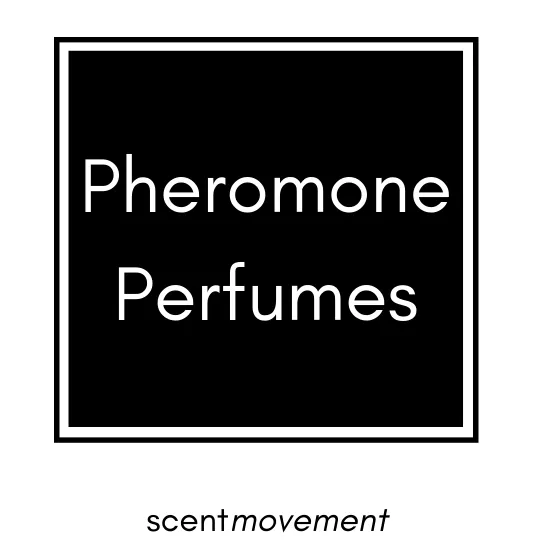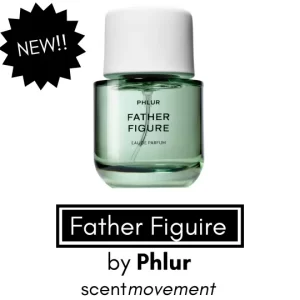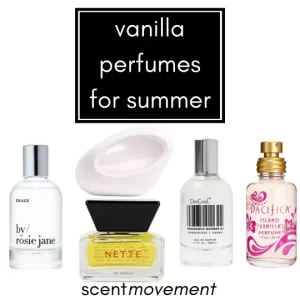
Pheromone perfumes have become the talk of the town in the fragrance industry, with promises of increased attractiveness and enhanced mood. But what are these intriguing elixirs, and do they really work? In this article, we’re going to unpack everything about pheromone perfumes – from their science to their effects on human behavior. So, let’s pull back the curtain on these fascinating fragrances.
Pheromone perfumes, as the name implies, are fragrances laced with pheromones. Pheromones are natural chemical substances secreted by animals, including humans, that influence the behavior and physiological state of others of the same species. They are believed to play a crucial role in attraction, mating, and social bonding.
The idea behind pheromone perfumes is that by incorporating these chemicals into a fragrance, the wearer may increase their attractiveness to others or enhance their mood. However, it’s worth noting that the scientific community is divided on the effectiveness of pheromone perfumes in humans.
In the animal kingdom, pheromones serve as powerful communication tools, dictating everything from mating behaviors to establishing territory. Pheromones are detected by a special organ in the animal’s nose called the vomeronasal organ (VNO). Once the VNO picks up the pheromone, it sends a signal to the brain, triggering a response.
In humans, the existence and functionality of the VNO and our ability to perceive and respond to pheromones is a topic of ongoing debate. While some studies suggest a potential role for pheromones in human behavior, others argue that the evidence is inconclusive.
There are various types of pheromone perfumes available in the market, primarily differentiated by the type of pheromones they contain. The most commonly used pheromones in perfumes are Androstadienone, Androstenol, Androstenone, and Copulins.
The million-dollar question is, do pheromone perfumes work? The answer isn’t straightforward. Some studies suggest that pheromones can influence our perceptions and behavior subtly. However, it’s unclear if these effects extend to real-world scenarios involving complex social and personal factors.
Furthermore, the effectiveness of pheromone perfumes is highly individual, depending on factors like personal body chemistry and the quality of the perfume itself. While some users swear by the effects of pheromone perfumes, others notice no significant changes.
Some studies suggest that human pheromones do have a role in our social and sexual behavior. For instance, a research study indicated that synthesized pheromones had a positive effect on the sexual attractiveness of men to women. However, this is just one study, and the scientific community generally agrees that more rigorous, peer-reviewed research is necessary.
As for pheromone perfumes, it’s even more complex. Many products claim to contain “human pheromones” and promise to make the wearer more attractive to the opposite sex. However, these claims are generally not supported by rigorous scientific research, and many experts are skeptical. Part of the issue is that even if human pheromones do exist, they would likely be present in extremely tiny amounts. It’s unclear if the concentrations used in these perfumes would be high enough to have any effect.
Additionally, personal scent preference plays a significant role in attraction. What smells attractive to one person might not to another. Hence, a perfume that one person finds appealing may not be as effective for someone else.
In conclusion, while the idea of using pheromone perfumes to attract others is enticing, the evidence supporting their effectiveness is, at best, mixed. If you enjoy the scent and feel more confident wearing it, then that in itself can make you more attractive to others. But, as a word of caution, it’s probably best not to rely solely on pheromone perfumes for attracting a mate.

Everything you need to know about Phlur’s newest perfume! Father Figure.

We’ve put together a comprehensive list of the *best* vanilla perfumes for summer.